Brake Caliper Cost Estimator
Estimate Your Brake Caliper Replacement Cost
Estimated Breakdown
When the squeal starts or you feel a soft pedal, the Brake Caliper is the hydraulic component that pushes the brake pads against the rotor to slow the wheel. Knowing how much a caliper price can vary saves you from surprise invoices and helps you plan the right upgrade.
Why Caliper Prices Differ So Much
Before you jump into a price list, understand the three big forces that shape the cost of a brake caliper:
- Material & design - Cast iron, aluminum, or higher‑end carbon‑ceramic units have wildly different manufacturing costs.
- Brand origin - OEM (original equipment manufacturer) parts usually carry a premium, while reputable aftermarket makers often provide comparable quality for less.
- Vehicle application - Heavy‑duty trucks, performance sports cars, and everyday sedans each need a caliper sized for their weight and braking demand.
All three factors combine to create a price spectrum that stretches from under $50 for a basic aftermarket unit to well over $500 for a performance‑grade OEM component.
Typical Price Ranges by Vehicle Type
Below is a quick snapshot of what you’ll usually pay for a single front or rear caliper in the United States as of October 2025. Prices are for the part only, not including labor.
| Vehicle Category | Basic Aftermarket | Mid‑Range OEM | Premium Performance |
|---|---|---|---|
| Compact Cars (e.g., Honda Civic) | $45‑$80 | $120‑$180 | $250‑$350 |
| Mid‑Size Sedans (e.g., Toyota Camry) | $55‑$95 | $130‑$200 | $300‑$420 |
| Full‑Size SUVs/Trucks (e.g., Ford F‑150) | $80‑$130 | $180‑$260 | $400‑$600 |
| Sports Cars (e.g., BMW M3) | $100‑$150 | $250‑$350 | $600‑$950 |
These ranges are based on data from major distributors, manufacturer catalogs, and a sample of 150 online listings.
New vs. Refurbished vs. Used Calipers
When you shop, you’ll see three condition categories:
- New - Brand‑new, sealed units straight from the factory.
- Refurbished - Used calipers that have been cleaned, inspected, and re‑pistoned. Often come with a limited warranty.
- Used - Straight from a junkyard or a previous repair. No guarantee of longevity.
Refurbished units typically cost 40‑60 % of a new part, offering a solid middle ground if you’re on a budget but still want decent reliability.
How Labor Impacts the Bottom Line
Replacing a brake caliper isn’t just swapping a metal piece; it involves bleeding the brake system, aligning the caliper, and sometimes resurfacing the rotor. Labor rates vary by region, but most shops charge $100‑$150 per hour. Expect 1‑2 hours of work per axle, putting the total job cost between $200 and $350 on top of the part price.
If you’re comfortable with a lift and basic hand tools, you can save the labor cost by doing the job yourself. A typical DIY install takes about 1.5 hours and only requires a few inexpensive consumables (brake fluid, caliper pins, and a torque wrench).
Tips for Getting the Best Deal
Here are five practical steps to keep your checkout amount in check:
- Identify the exact part number. Your vehicle’s VIN or the OEM number printed on the old caliper removes guesswork.
- Compare OEM and reputable aftermarket brands. Brands like Bosch, Akebono, and Brembo often match OEM specs at a lower price.
- Check for bundled kits. Many suppliers sell a Brake Caliper Kit that includes new pins, boots, and a seal, saving you $20‑$40 compared to buying parts separately.
- Look for refurbished options with warranty. A 12‑month warranty on a refurbished caliper is a good safety net.
- Watch for seasonal promotions. Auto parts retailers often discount brake components during spring and fall maintenance campaigns.

Common Pitfalls to Avoid
Even with a clear price guide, mistakes happen. Avoid these frequent errors:
- Buying a caliper that’s the wrong piston size for your brake pad thickness.
- Skipping a brake fluid flush after a caliper swap - contaminants can cause premature wear.
- Re‑using old brake pads that are already worn; the new caliper’s performance depends on good pad contact.
- Neglecting to torque the caliper mounting bolts to the manufacturer’s spec (often 80‑110 Nm). Over‑tightening can warp the housing.
Real‑World Example: Replacing a Front Caliper on a 2019 Toyota Camry
John, a DIY enthusiast, noticed a grinding noise on his Camry’s left front wheel. After diagnosing a stuck piston, he decided to replace the caliper himself.
He found the OEM part number 21390-07010 and compared three options:
| Source | Condition | Price | Warranty |
|---|---|---|---|
| Official Toyota Dealer | New OEM | $225 | 2 years |
| Online Aftermarket (Brembo) | New | $165 | 1 year |
| Refurbished Supplier | Refurbished | $110 | 6 months |
He chose the Brembo aftermarket unit for its balance of cost and performance. The total parts cost was $165, labor (his own time) was about $0, and the job took 1 hour 45 minutes. The new caliper performed flawlessly, and his brake pedal felt solid again.
Quick Reference Checklist
- Confirm vehicle make, model, year, and VIN.
- Note OEM part number (often on the old caliper). Brake Pad thickness matters.
- Decide between new, refurbished, or used based on budget and safety needs.
- Check if a Brake Caliper Kit is available.
- Factor in labor: $100‑$150 per hour or DIY time.
- Verify torque specs for mounting bolts (usually 80‑110 Nm).
How do I know if my caliper needs replacement?
Common signs include a grinding noise, uneven brake pad wear, a soft or spongy pedal, and fluid leaks around the caliper housing. A visual inspection often reveals a stuck piston or seized sliding pins.
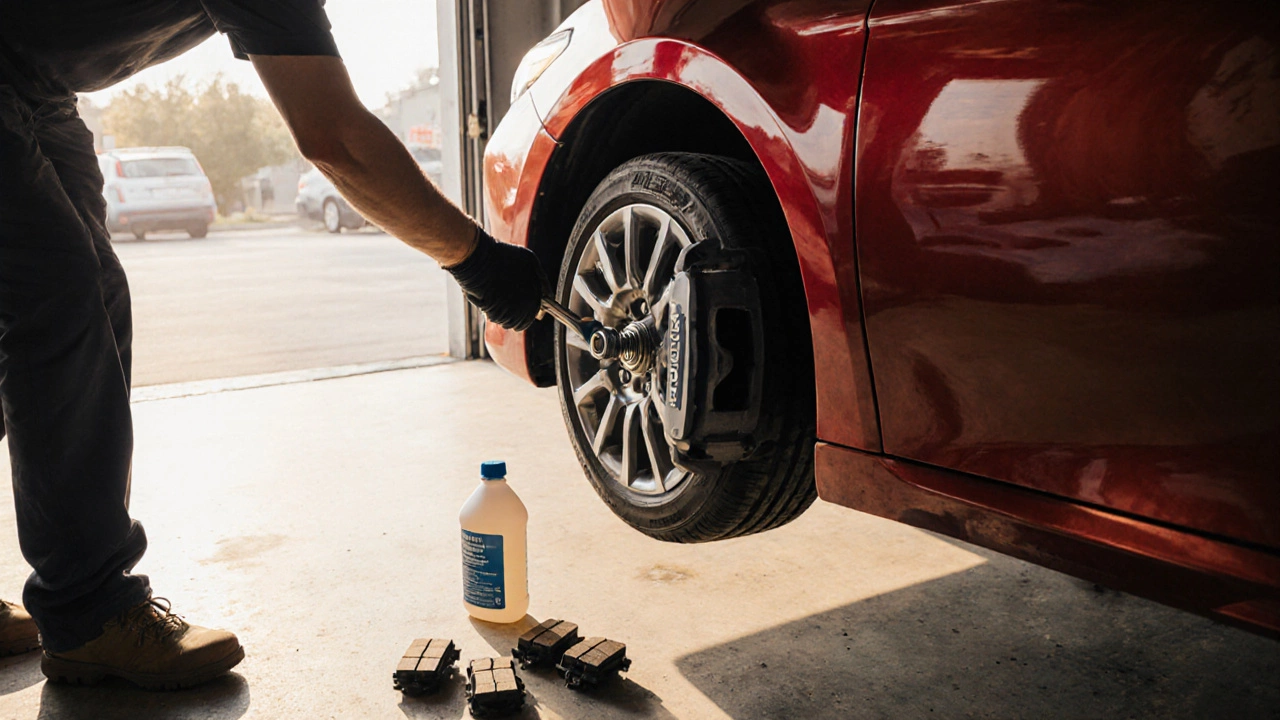
Are refurbished calipers safe?
When sourced from a reputable refurbisher that tests pistons, re‑seals the housing, and offers at least a 6‑month warranty, refurbished calipers are a reliable, cost‑effective option for most daily‑driver applications.
What torque should I use for caliper mounting bolts?
Torque values vary by manufacturer, but most passenger‑car calipers require 80‑110 Nm (59‑81 ft‑lb). Always consult the service manual for the exact spec.
Do I need to bleed the brakes after installing a new caliper?
Yes. Air introduced during the removal or installation can cause a soft pedal. Perform a proper brake bleed using the correct fluid type for your vehicle.
Can I reuse my old brake pads with a new caliper?
If the pads are still within the wear limit (usually >3 mm thickness) and are compatible with the new caliper’s piston size, reusing them is fine. Otherwise, replace them to ensure even contact.
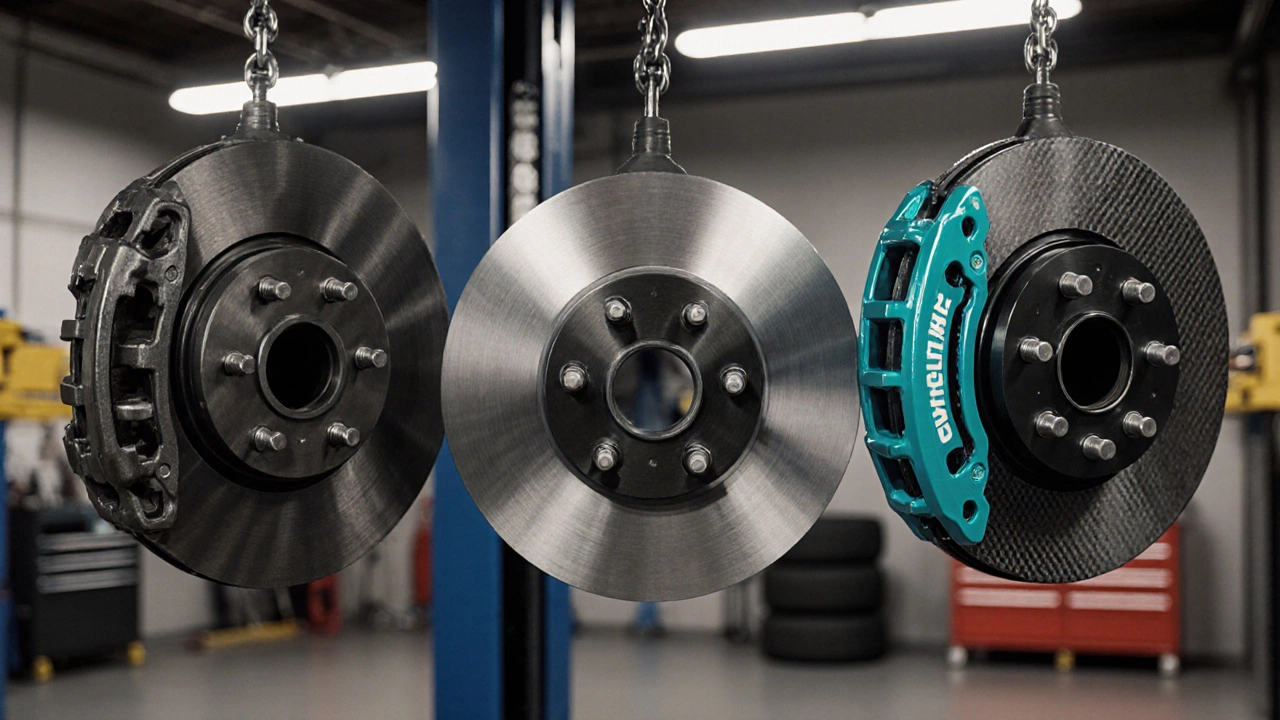
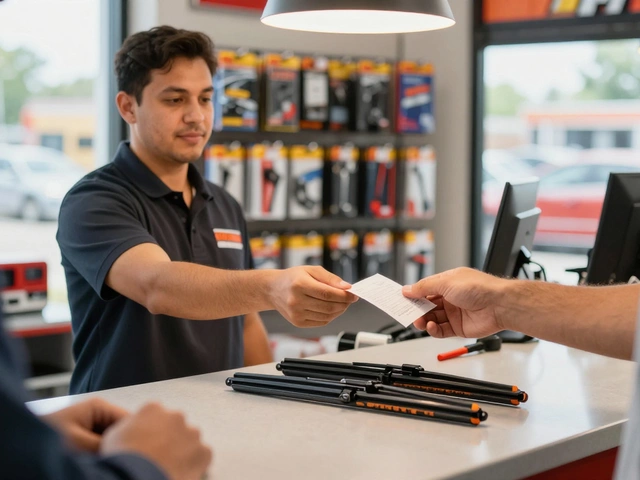
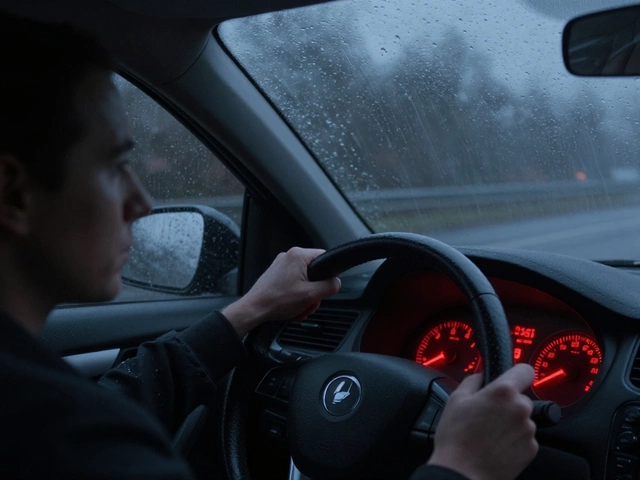
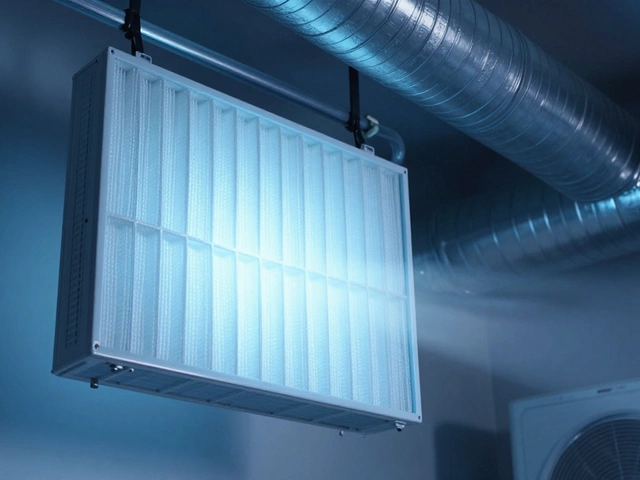
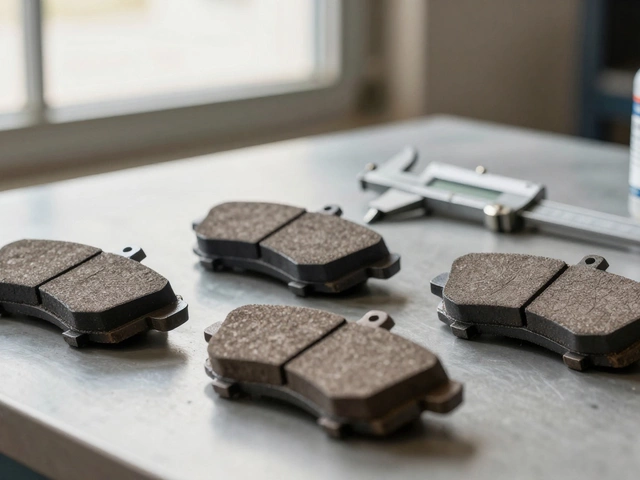
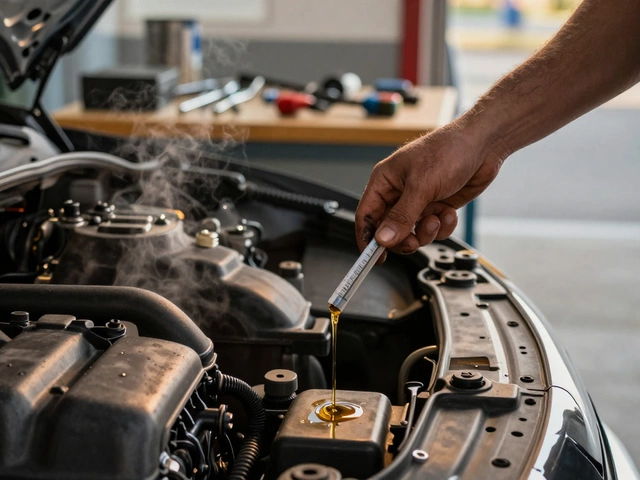
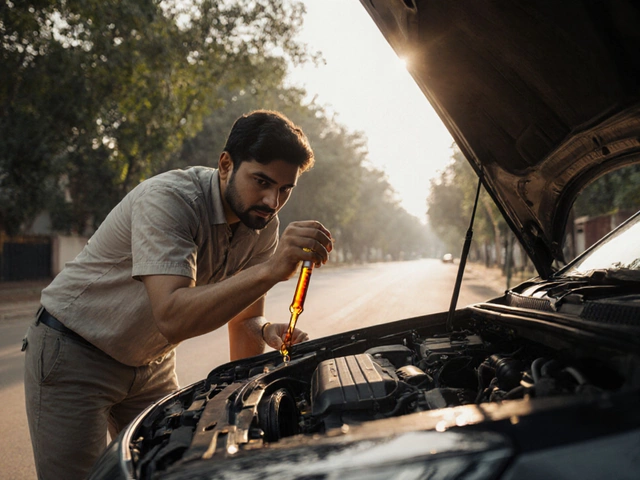
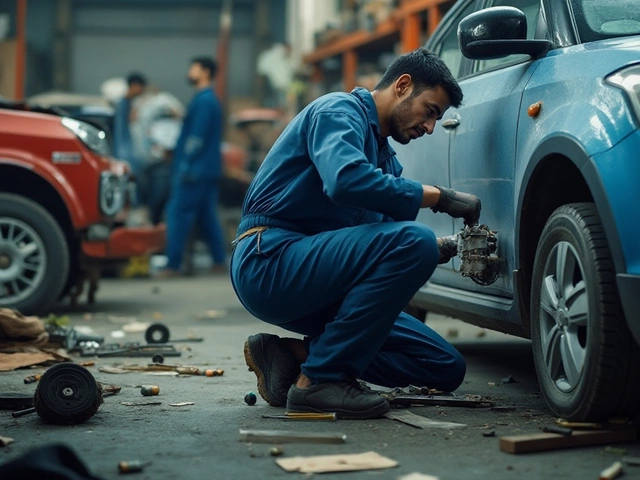
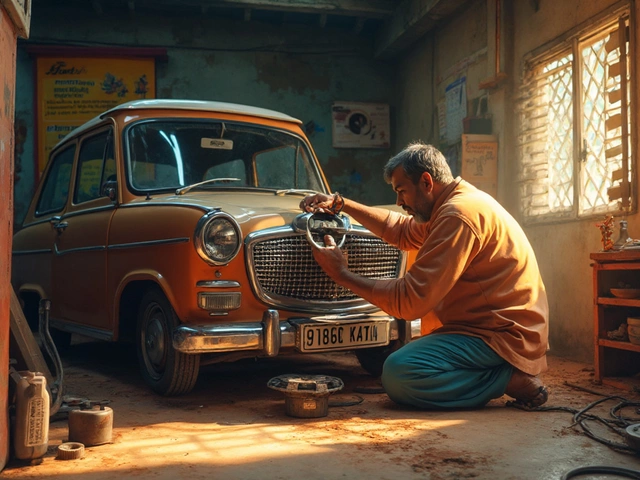

Write a comment